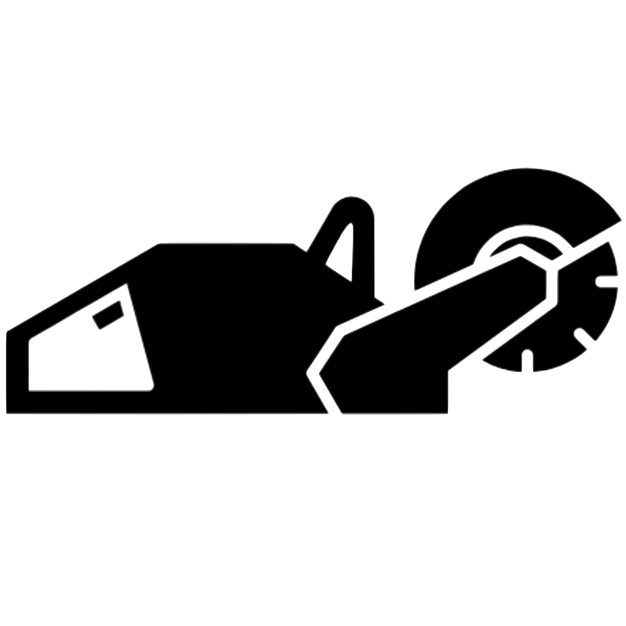Before ignition takes place, a spark is essential! Internal combustion engines essentially operate as controlled fires confined within a machine, utilising the energy to turn a drive shaft. The critical component responsible for generating this spark is the spark plug. However, spark plugs can encounter issues such as disconnection, looseness, dirt accumulation, or potential defects.
The spark plug is typically positioned on the engine's side, pointing sideways. Identifying it might be challenging initially as it is concealed by a protective rubber cap, tightly connected to the spark plug wire. The cap forms a 90-degree angle to snugly secure the wire close to the engine.
To disconnect, firmly grasp the rubber cap and pull it straight outward, freeing the cap and wire. Removing the spark plug requires a spark plug wrench or deep socket (13/16 in. or 3/4 in.) attached to a ratchet wrench. Gently turn the wrench counterclockwise to avoid breakage.
SIGNS OF WORN OR FAULTY SPARK PLUGS
1. Misfires:
- If you experience engine misfires, it could be due to worn or faulty spark plugs.
2. Poor Fuel Efficiency:
- A decrease in fuel efficiency may be a sign that the spark plugs are not firing properly.
3. Rough Idling:
- Spark plug issues can result in rough idling or a vibrating sensation in the vehicle.
4. Difficulty Starting:
- Worn spark plugs may cause difficulty in starting the engine.
5. Disconnected Wire:
- Symptom: Visibly disconnected plug wire.
- Solution: Push the wire firmly back onto the spark plug.
6. Loose Plug:
- Symptom: The spark plug has worked its way outward over time.
- Solution: Gently tighten the plug clockwise using a spark plug wrench or ratchet wrench.
7. Dirty:
- Symptom: Accumulation of dirt, oil, or grass affecting spark plug function.
- Solution: Clean minor deposits using a wire brush and spark plug cleaner after disconnecting the spark plug wire. Avoid debris in the combustion chamber by cleaning the area before plug removal.
8 . Defective:
- Symptom: Severe corrosion, challenging to clean, or cracked porcelain.
- Solution: Manufacturers recommend replacement every 100 hours. If deposits are hard to remove or the porcelain is cracked, replace the spark plug.
REGULAR INSPECTION
Regular inspection and addressing these issues promptly contribute to the optimal performance and longevity of your engine's spark plug system.
1. Gap Check:
- The gap between the center and ground electrode of the spark plug is critical. Check and adjust the gap using a spark plug gap tool if necessary.
2. Cleaning:
- If there are deposits on the spark plugs, clean them using a wire brush or a specialized spark plug cleaner.
- Be gentle to avoid damaging the electrodes.
3. Torque Check:
- Ensure that the spark plugs are tightened to the manufacturer's recommended torque. Over-tightening can lead to damage.








































